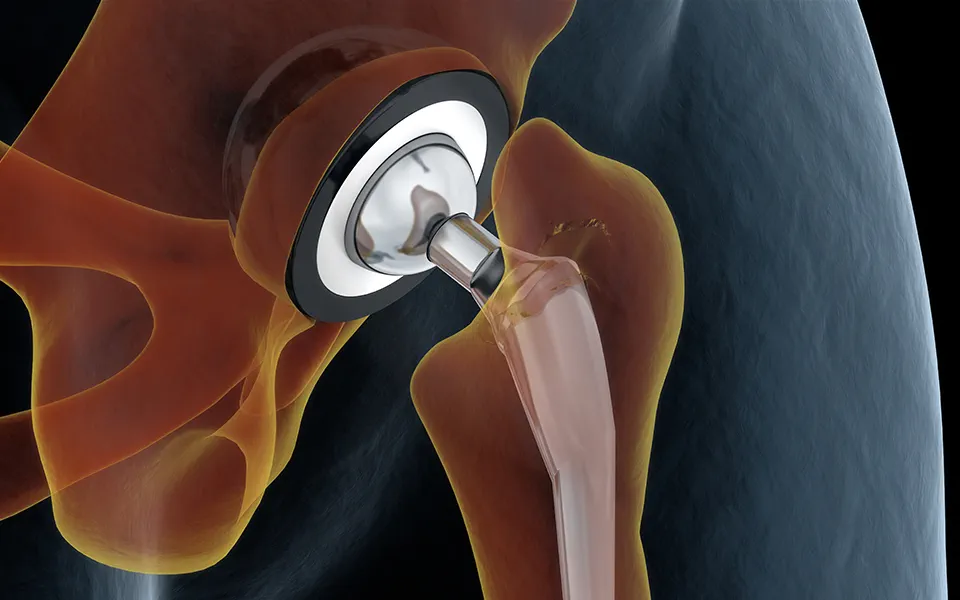
Total Hip And Knee Replacement
Total hip and knee replacement surgeries are common procedures performed to alleviate pain and improve function in individuals suffering from severe arthritis or other degenerative conditions affecting the hip or knee joints. These surgeries involve replacing damaged or diseased joint surfaces with artificial implants made of metal, plastic, or ceramic materials.
The decision to undergo total hip or knee replacement surgery is typically made after conservative treatments such as medication, physical therapy, and lifestyle modifications have failed to provide adequate relief. Candidates for these surgeries often experience persistent pain, stiffness, and reduced mobility that significantly impacts their quality of life and ability to perform daily activities.
During a total hip replacement, the damaged femoral head (the ball-shaped top of the thigh bone) and the damaged hip socket (acetabulum) are removed and replaced with prosthetic components. The prosthetic components may be cemented or press-fit into place, depending on the patient's bone quality and other factors. In a total knee replacement, the damaged ends of the femur (thigh bone) and tibia (shin bone) are resurfaced with metal and plastic components, while the patella (kneecap) may also be replaced or resurfaced.
Total hip and knee replacement surgeries are typically performed under general anesthesia or regional anesthesia, such as spinal or epidural anesthesia. The procedures may be performed using traditional open surgical techniques or minimally invasive approaches, which involve smaller incisions and less disruption of surrounding tissues.
Following surgery, patients undergo a period of rehabilitation and physical therapy to regain strength, mobility, and function in the affected joint. Pain management strategies are also employed to help manage post-operative discomfort and facilitate recovery.
While total hip and knee replacement surgeries are generally safe and effective, they are not without risks. Complications such as infection, blood clots, implant failure, and nerve damage may occur, although these are relatively rare. Patients are carefully screened and counseled before surgery to minimize these risks, and appropriate measures are taken during and after surgery to prevent complications.




